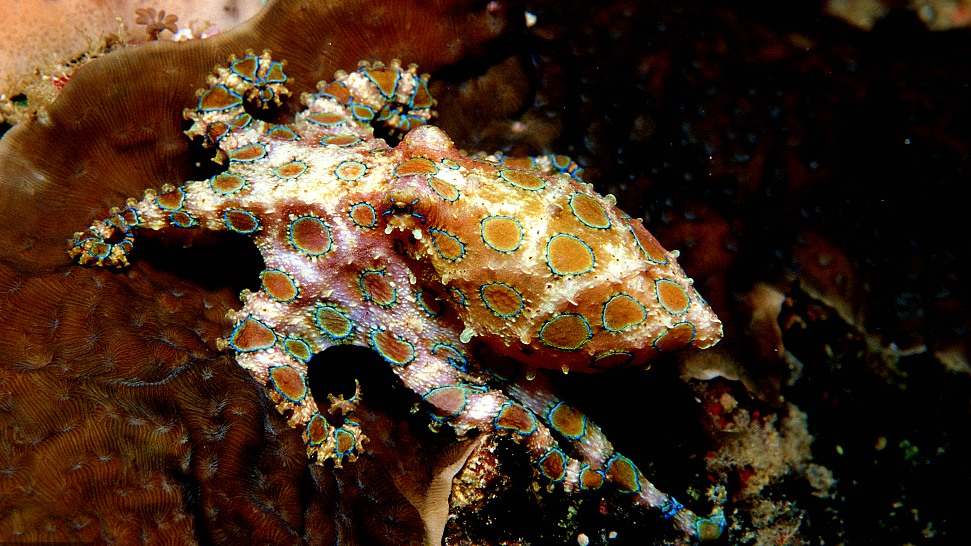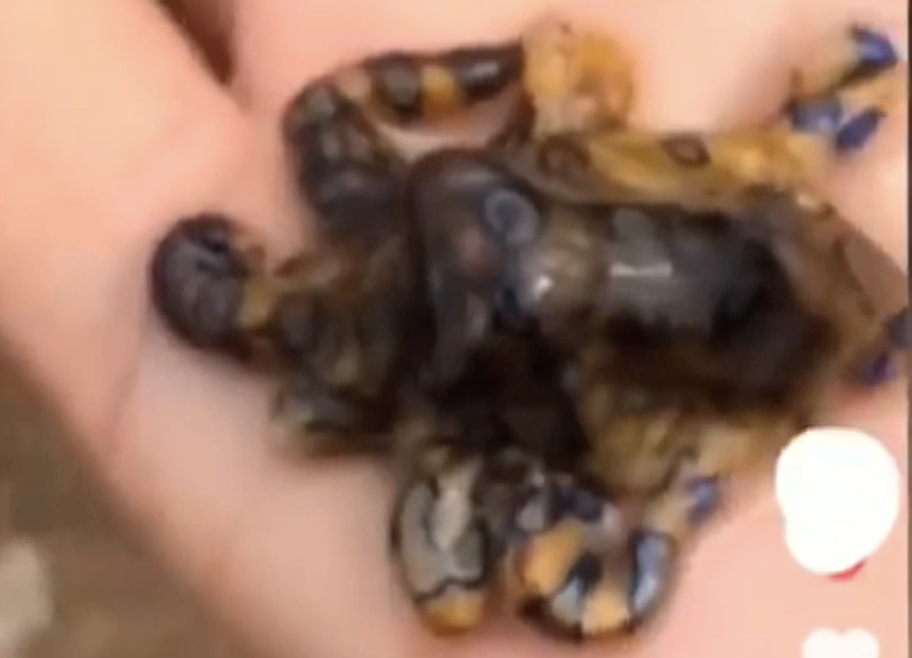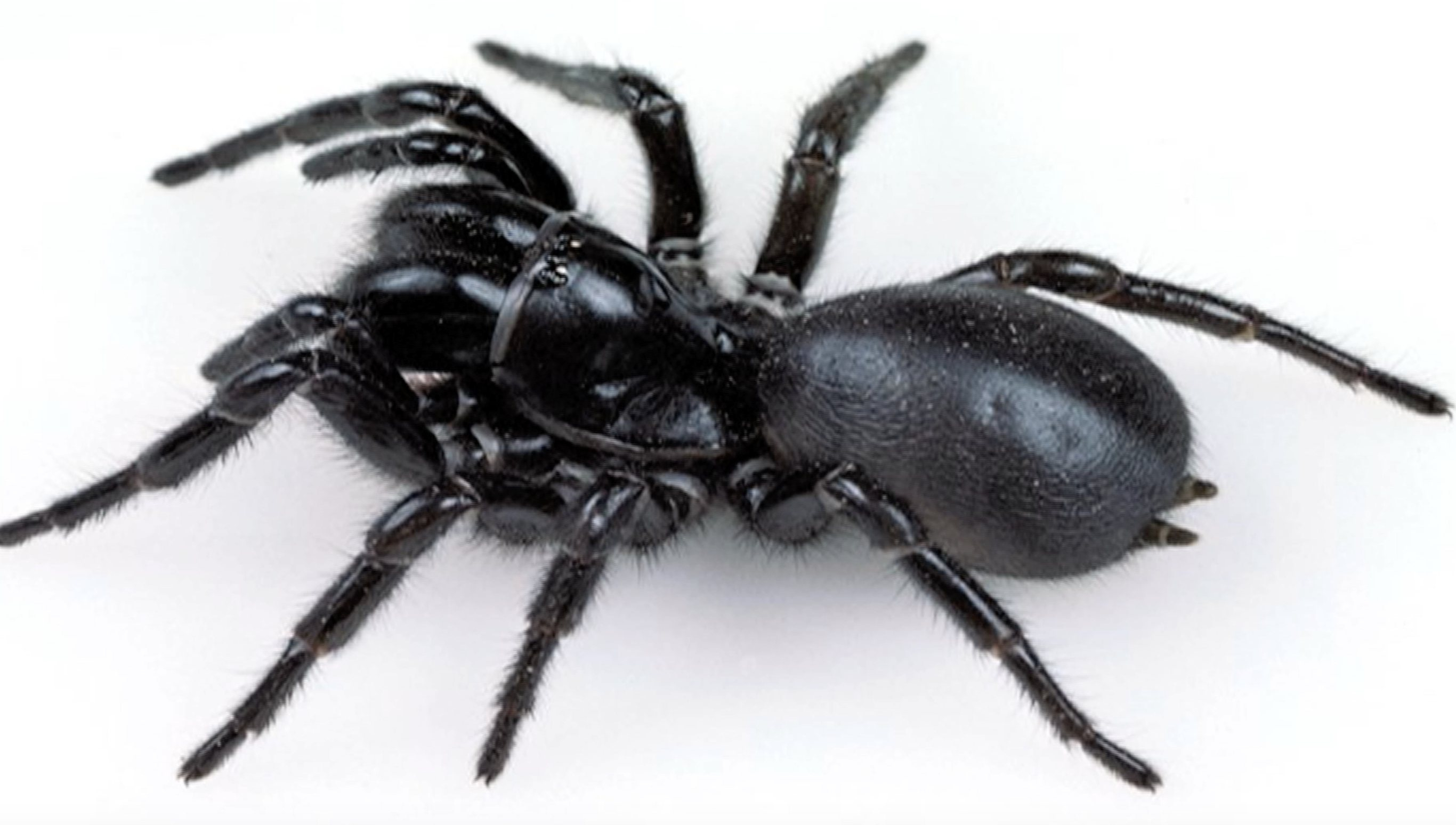
Animal
15:33, 06-Feb-2019
Why holding a blue-ringed octopus is a bad idea
By Greg Navarro

University of Sydney medical historian Peter Hobbins shared the same reaction of many Australians when he watched the viral video of an overseas visitor holding a blue-ringed octopus.

University of Sydney medical historian Peter Hobbins (R). /CGTN Photo
University of Sydney medical historian Peter Hobbins (R). /CGTN Photo
“I was terrified because they are small, they are cute, they are colorful but they are also deadly,” said Hobbins.

A blue-ringed octopus. /Photo provided by Belajar System
A blue-ringed octopus. /Photo provided by Belajar System
The venom from one of these creatures is reportedly potent enough to kill nearly two dozen people.
Millions of tourists invade Australia's shores each year, some arrive with little knowledge of the potential dangers that exist.
“Australia is home to some of the world's deadliest snakes, the bite from one of these snakes is enough to kill a large number of people,” said Hobbins.

A funnel web spider. /Image provided by Australian Museum
A funnel web spider. /Image provided by Australian Museum
There are highly venomous spiders, and ticks that can cause paralysis. Stings from a type of jellyfish, called blue bottles, are up along Queensland beaches this summer, and box jellyfish can be deadly. Even kangaroos have been known to attack if threatened or provoked. But one of the biggest threats to people here each year can be found along Australia's beaches.
“We have large waves, lots of rips and currents, some of those rips can be permanent, some of those rips can be flash rips where they can occur at any time,” said Australian Lifeguard Service lifeguard supervisor James Turnham.
According to Royal Lifesaving, about a third of all drowning in Australia involve tourists and migrants. It encourages people to only swim on patrolled beaches and always between the flags.
(Cover image: A blue-ringed octopus at the Great Barrier Reef in Australia via VCG.)

SITEMAP
Copyright © 2018 CGTN. Beijing ICP prepared NO.16065310-3
Copyright © 2018 CGTN. Beijing ICP prepared NO.16065310-3